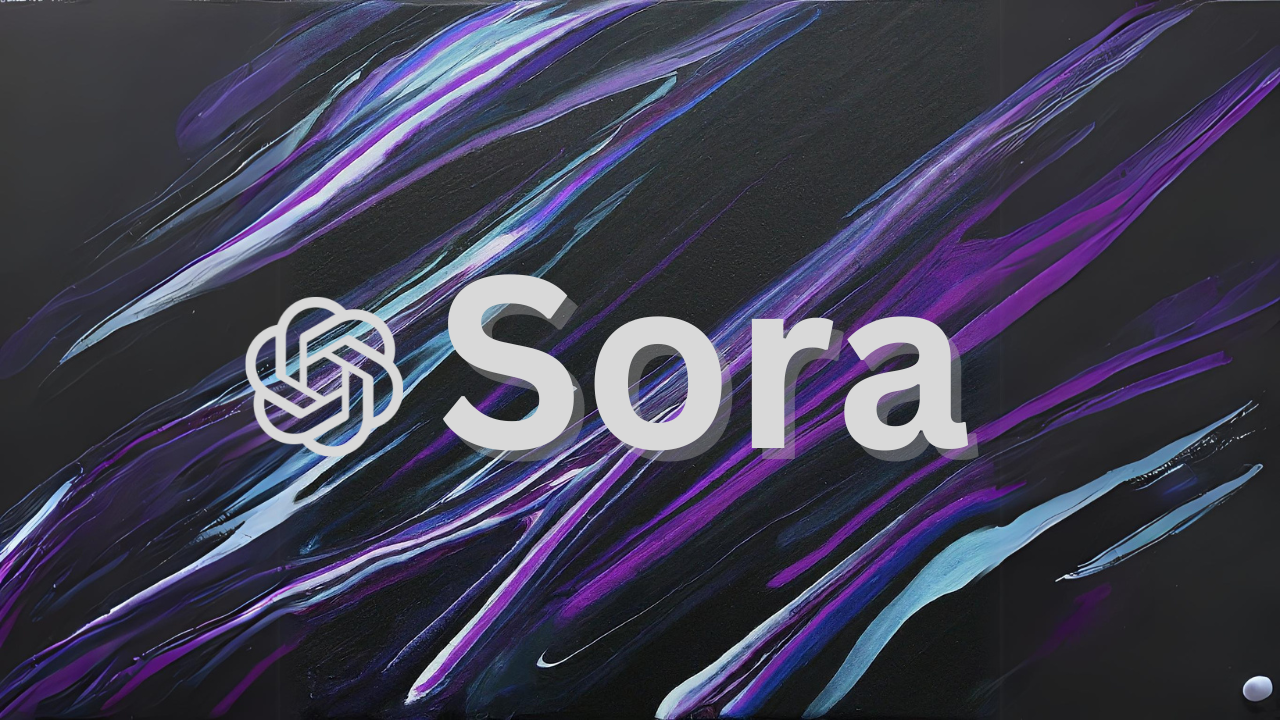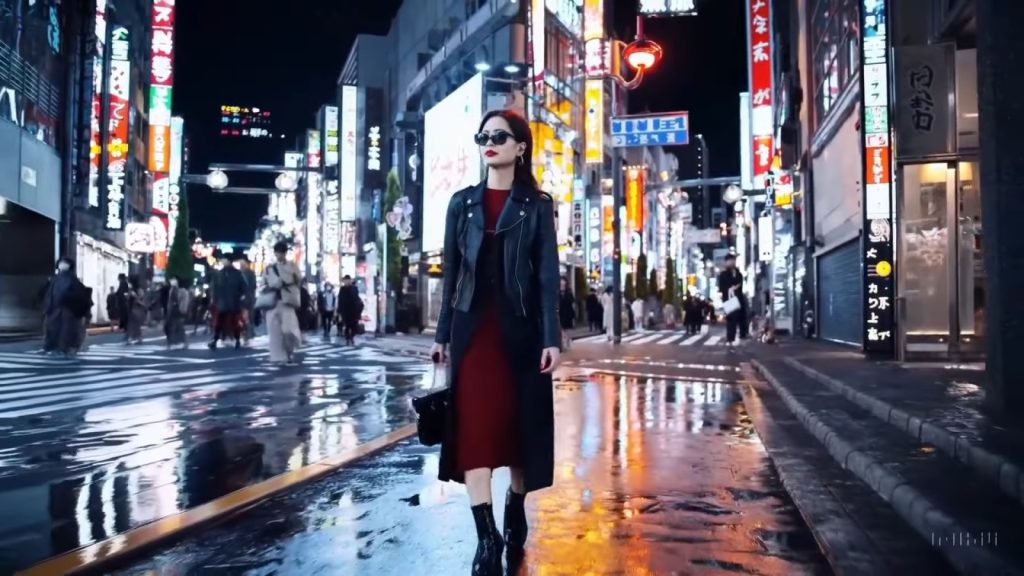OpenAI Reveals Sora, Its New Text-to-Video AI Model that Creates Minute-Long Films
A lot more than just a creative toy!

Filmmaking may change forever the way we know it. Just 14 months after the hugely successful launch of ChatGPT, OpenAI has announced that they will be launching an AI model called Sora, capable of generating high-quality, realistic-looking videos up to one minute long, solely from text prompts. However, that’s only the tip of the iceberg.
Sora Turns Text into Minute-Long Videos, But it’s Not Publicly Available Yet
We’ve seen AI video models in the past like Google Lumiere and Runway, but Sora appears to top them all. For one, it can emulate real-world scenarios with utmost precision, thanks to its deep understanding of real-world physics and existence. But what truly sets it apart is the duration of videos it can generate.
Most text-to-video models can only simulate videos of up to a few seconds, and even then, most models tend to produce grainy videos that can’t be deemed anything close to realistic. Although the technology has been improving steadily, it hasn’t quite reached its full potential yet.
In its introductory blog post, OpenAI showcased a number of video samples with complex scenarios, generated from text prompts, and the results look to be oddly close to reality. The videos are full of detail, and the model does a great job of understanding how complex elements exist in the real world. Sora appears to have proper knowledge of how things work in the actual world, and how things are actually fimed with understanding of cinematic techniques like camera angles and pacing.

According to the company, Sora is built upon information from the existing DALL-E 3 and GPT models. Unlike DALL-E, which primarily focuses on creative outputs, Sora is much more powerful and has real-world applications. The model in itself is a “data-driven physics engine“, which can not only create visuals but also simulate physical interactions and real-world scenarios.
Sora Can Literally ‘Interact’ with the Virtual Worlds
Sora doesn’t just generate individual images or videos, but can create and interact with entire virtual worlds, be they realistic or fantastical. Not only will this have applications in the scientific world, but the technology can also be used to help in game development as well as virtual reality—the timing of release may just be perfect.
However, OpenAI states that the model isn’t ready yet and may struggle with accurately simulating the physics of a complex scene and understanding specific instances of cause and effect. The video samples, too, appear to have been specifically and carefully selected to showcase the best of Sora and its capabilities.
OpenAI has said that Sora is not yet available to the public and is currently undergoing a series of safety tests. It is accessible only to a team of designated red testers who are actively searching for potential ways the service could be abused.
This is all we know for now, but rest assured that we will keep you updated as new information becomes available.





